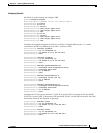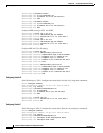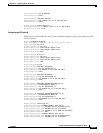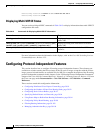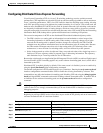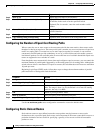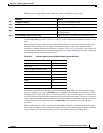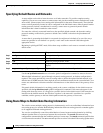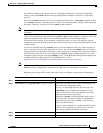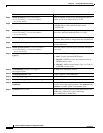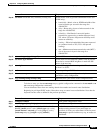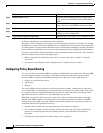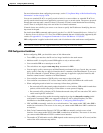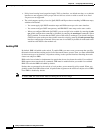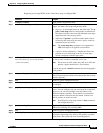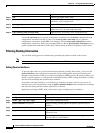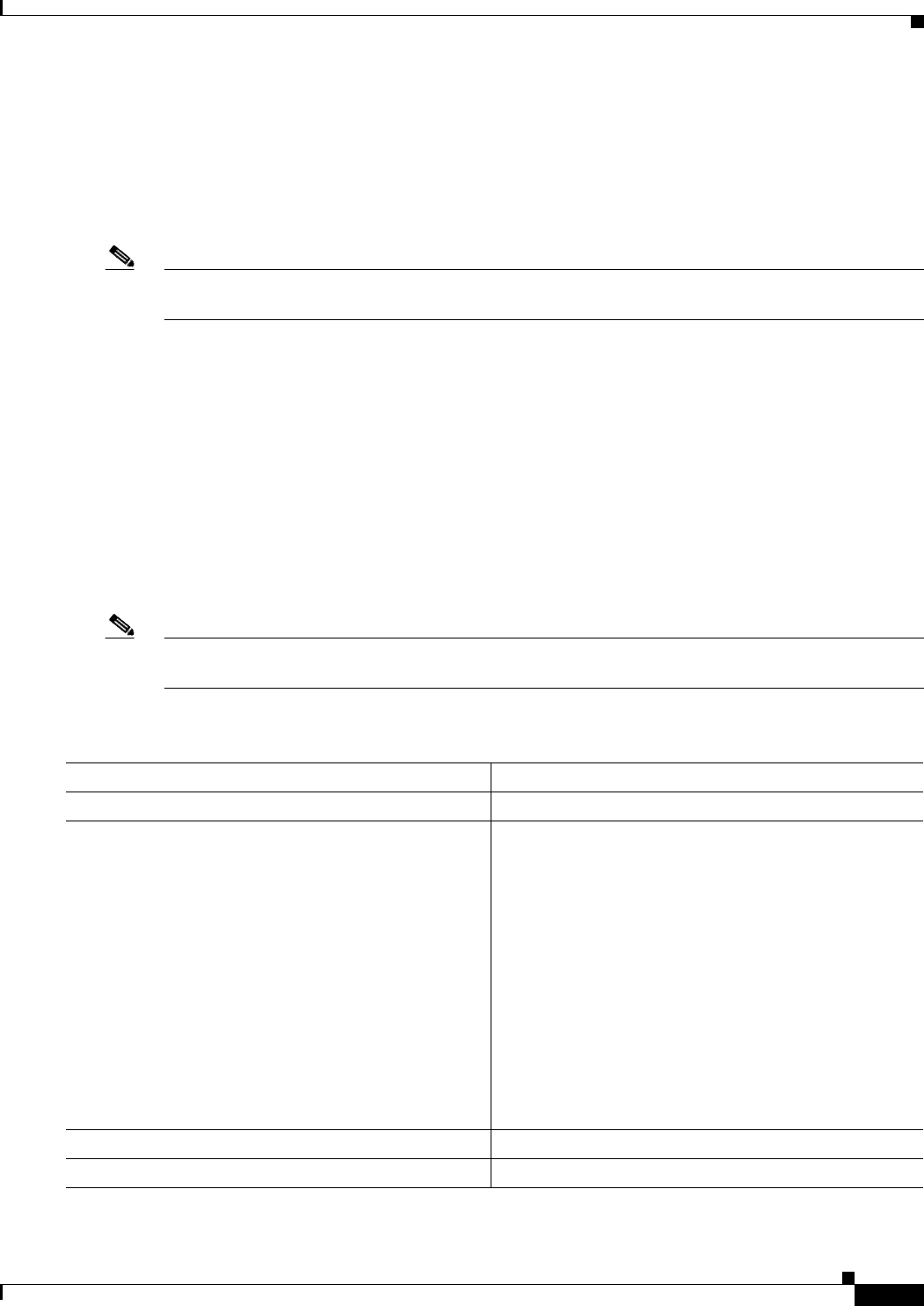
38-95
Catalyst 3750 Switch Software Configuration Guide
OL-8550-09
Chapter 38 Configuring IP Unicast Routing
Configuring Protocol-Independent Features
the conditions defined by the match command. Although redistribution is a protocol-independent
feature, some of the match and set route-map configuration commands are specific to a particular
protocol.
One or more match commands and one or more set commands follow a route-map command. If there
are no match commands, everything matches. If there are no set commands, nothing is done, other than
the match. Therefore, you need at least one match or set command.
Note A route map with no set route-map configuration commands is sent to the CPU, which causes high CPU
utilization.
You can also identify route-map statements as permit or deny. If the statement is marked as a deny, the
packets meeting the match criteria are sent back through the normal forwarding channels
(destination-based routing). If the statement is marked as permit, set clauses are applied to packets
meeting the match criteria. Packets that do not meet the match criteria are forwarded through the normal
routing channel.
You can use the BGP route map continue clause to execute additional entries in a route map after an
entry is executed with successful match and set clauses. You can use the continue clause to configure
and organize more modular policy definitions so that specific policy configurations need not be repeated
within the same route map. The switch supports the continue clause for outbound policies. For more
information about using the route map continue clause, see the BGP Route-Map Continue Support for
an Outbound Policy feature guide for Cisco IOS Release 12.4(4)T:
http://www.cisco.com/en/US/products/ps6441/products_feature_guides_list.html
Note Although each of Steps 3 through 14 in the following section is optional, you must enter at least one
match route-map configuration command and one set route-map configuration command.
Beginning in privileged EXEC mode, follow these steps to configure a route map for redistribution:
Command Purpose
Step 1
configure terminal Enter global configuration mode.
Step 2
route-map map-tag [permit | deny] [sequence number] Define any route maps used to control redistribution and
enter route-map configuration mode.
map-tag—A meaningful name for the route map. The
redistribute router configuration command uses this
name to reference this route map. Multiple route maps
might share the same map tag name.
(Optional) If permit is specified and the match criteria
are met for this route map, the route is redistributed as
controlled by the set actions. If deny is specified, the
route is not redistributed.
sequence number (Optional)— Number that indicates the
position a new route map is to have in the list of route
maps already configured with the same name.
Step 3
match as-path path-list-number Match a BGP AS path access list.
Step 4
match community-list community-list-number [exact] Match a BGP community list.



